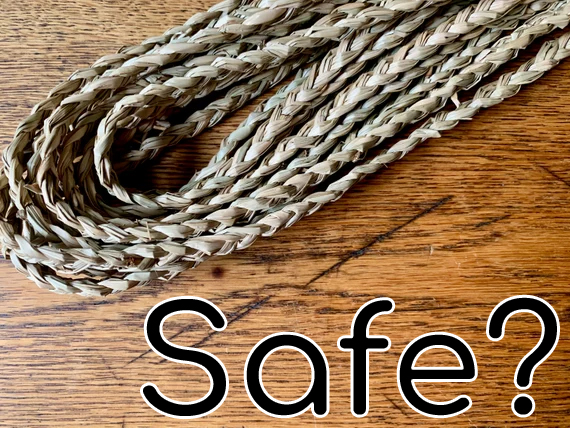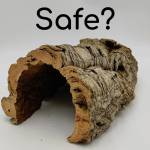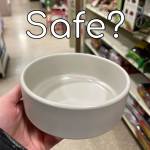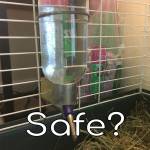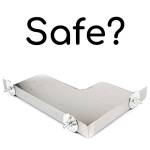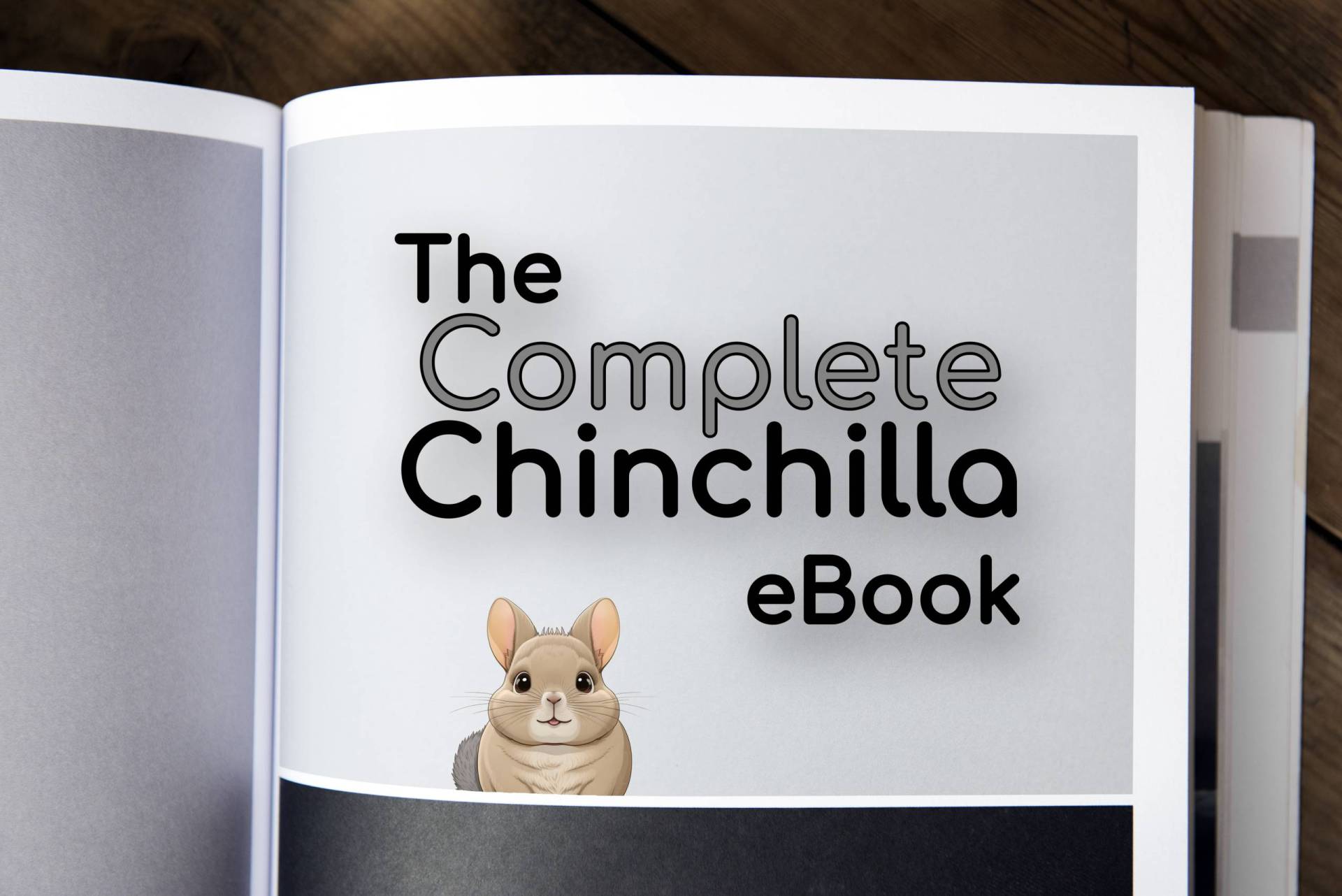As a chinchilla owner, it’s natural to want to provide your furry friend with a comfortable and enriching living environment. This means investing in a suitable cage and accessories to keep your pet stimulated and happy. However, when it comes to choosing the right cage accessories, safety is a crucial factor to consider. Rope is a popular choice for chinchilla cage accessories, but is it safe for your pet? In this article, we’ll explore the pros and cons of using rope in your chinchilla’s cage and provide expert advice to help you make an informed decision.
Understanding the Risks Associated with Rope for Chinchillas
Rope can be a great addition to your chinchilla’s cage. It can provide a fun and challenging climbing experience for your pet, and it also offers a cozy place to hide and sleep. However, there are some risks associated with using rope in your chinchilla’s cage.
Chewing Hazard
Chinchillas are known for their love of chewing, and rope can be an enticing target. If your chinchilla chews on the rope, they could ingest fibers that can cause a blockage in their digestive system. This can be a life-threatening situation, and you may need to take your chinchilla to a veterinarian for emergency care.
Injury Risk
Rope can also pose an injury risk for your chinchilla. If the rope is not securely fastened to the cage, it could come loose, and your chinchilla could become entangled in it. This can lead to injuries such as cuts, bruises, or even broken bones.
Bacterial Growth
Another risk associated with rope is bacterial growth. Chinchillas are sensitive animals, and they can develop respiratory problems if they are exposed to mold or other bacteria. If your chinchilla’s rope is not regularly cleaned and sanitized, it can become a breeding ground for harmful bacteria.
Understanding the Benefits of Rope for Chinchillas
Despite the risks associated with rope, it can still be a valuable addition to your chinchilla’s cage. Here are some of the benefits of using rope for your chinchilla:
– Physical and Mental Stimulation
Rope can provide your chinchilla with physical and mental stimulation. Climbing and playing on rope can help your chinchilla burn off excess energy and stay active. It can also provide a fun and challenging environment for your chinchilla, which can help to prevent boredom and depression.
– Comfortable Sleeping Space
Rope can also provide your chinchilla with a comfortable place to sleep. Chinchillas love to hide and cuddle in cozy spaces, and rope can create the perfect hideaway for your furry friend. By providing a comfortable and secure sleeping space, you can help to reduce stress and promote restful sleep for your chinchilla.
– Variety of Options
There are many different types of rope available, which means you can choose the right option for your chinchilla. For example, you can choose from cotton, hemp, or sisal rope, depending on your preferences and your chinchilla’s needs. You can also choose from different thicknesses and textures, which can provide a range of experiences for your chinchilla.
Expert Advice on Using Rope in Your Chinchilla’s Cage
If you decide to use rope in your chinchilla’s cage, there are some steps you can take to reduce the risks and ensure your pet’s safety. Here are some expert tips on using rope in your chinchilla’s cage:
– Choose the Right Type of Rope
As mentioned earlier, there are many different types of rope available, and it’s essential to choose the right one for your chinchilla. Opt for natural fibers such as cotton, hemp, or sisal, as these are less likely to cause harm if ingested. Avoid synthetic ropes or those made from plastic materials, as these can be hazardous to your chinchilla’s health.
– Ensure the Rope is Securely Attached
It’s crucial to ensure that the rope is securely attached to your chinchilla’s cage. Use strong clips or hooks to fasten the rope to the cage, and check it regularly to ensure it is not coming loose. If the rope does come loose, remove it from the cage immediately to prevent your chinchilla from becoming entangled.
– Regularly Clean and Sanitize the Rope
To reduce the risk of bacterial growth, it’s essential to regularly clean and sanitize the rope. Remove it from the cage and wash it in hot soapy water. Rinse it thoroughly and allow it to dry completely before placing it back in the cage. You can also use a pet-safe disinfectant to sanitize the rope, but be sure to follow the manufacturer’s instructions carefully.
– Monitor Your Chinchilla’s Behavior
It’s important to monitor your chinchilla’s behavior when using rope in their cage. Watch for any signs of chewing or fraying, as this can indicate that the rope needs to be replaced. If you notice your chinchilla showing interest in the rope, provide them with other chew toys or items to distract them.
In conclusion, rope can be a valuable addition to your chinchilla’s cage, but it’s important to understand the risks associated with it. Chewing hazards, injury risks, and bacterial growth are all potential issues to consider. However, the benefits of rope, such as physical and mental stimulation and comfortable sleeping spaces, can outweigh the risks if used safely and correctly. By choosing the right type of rope, ensuring it’s securely attached, regularly cleaning and sanitizing it, and monitoring your chinchilla’s behavior, you can provide your furry friend with a safe and enriching environment.

